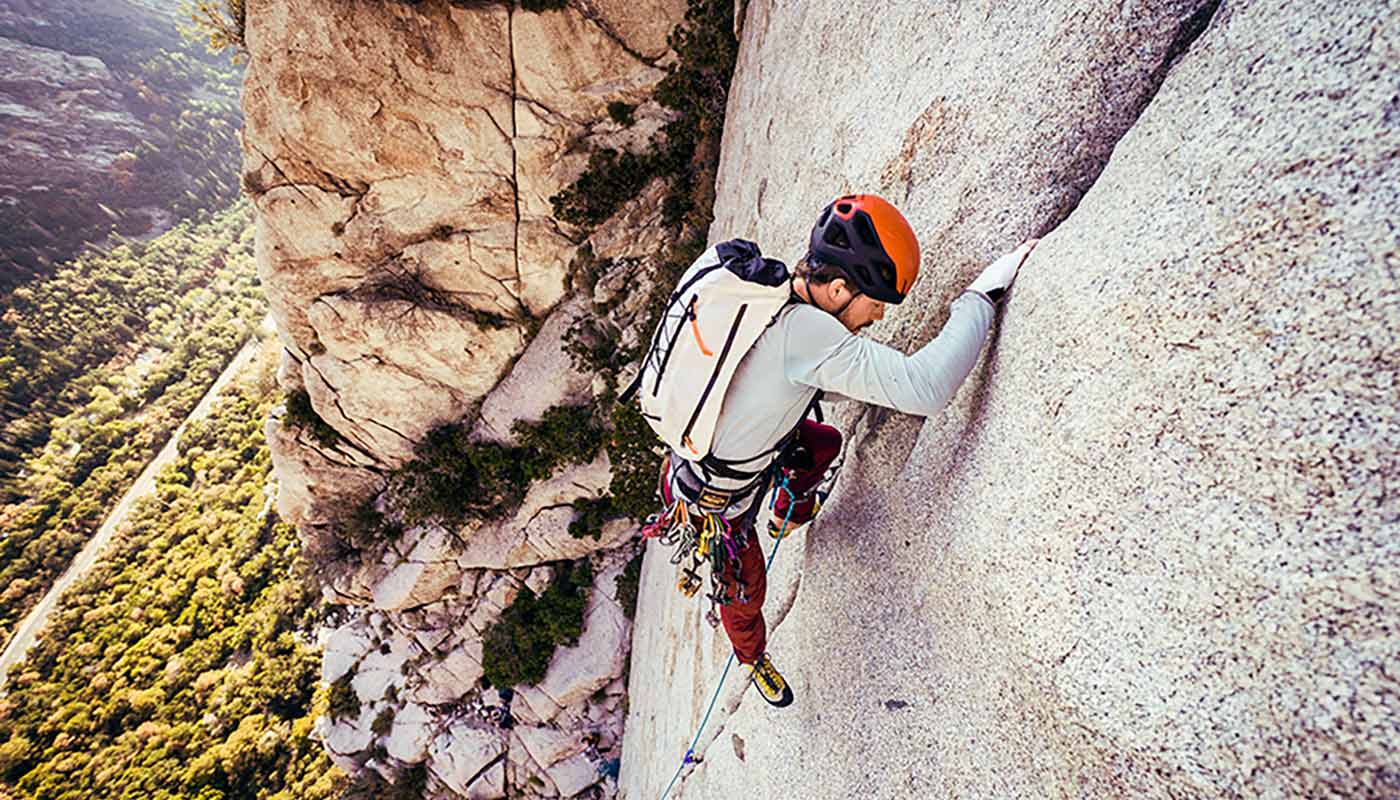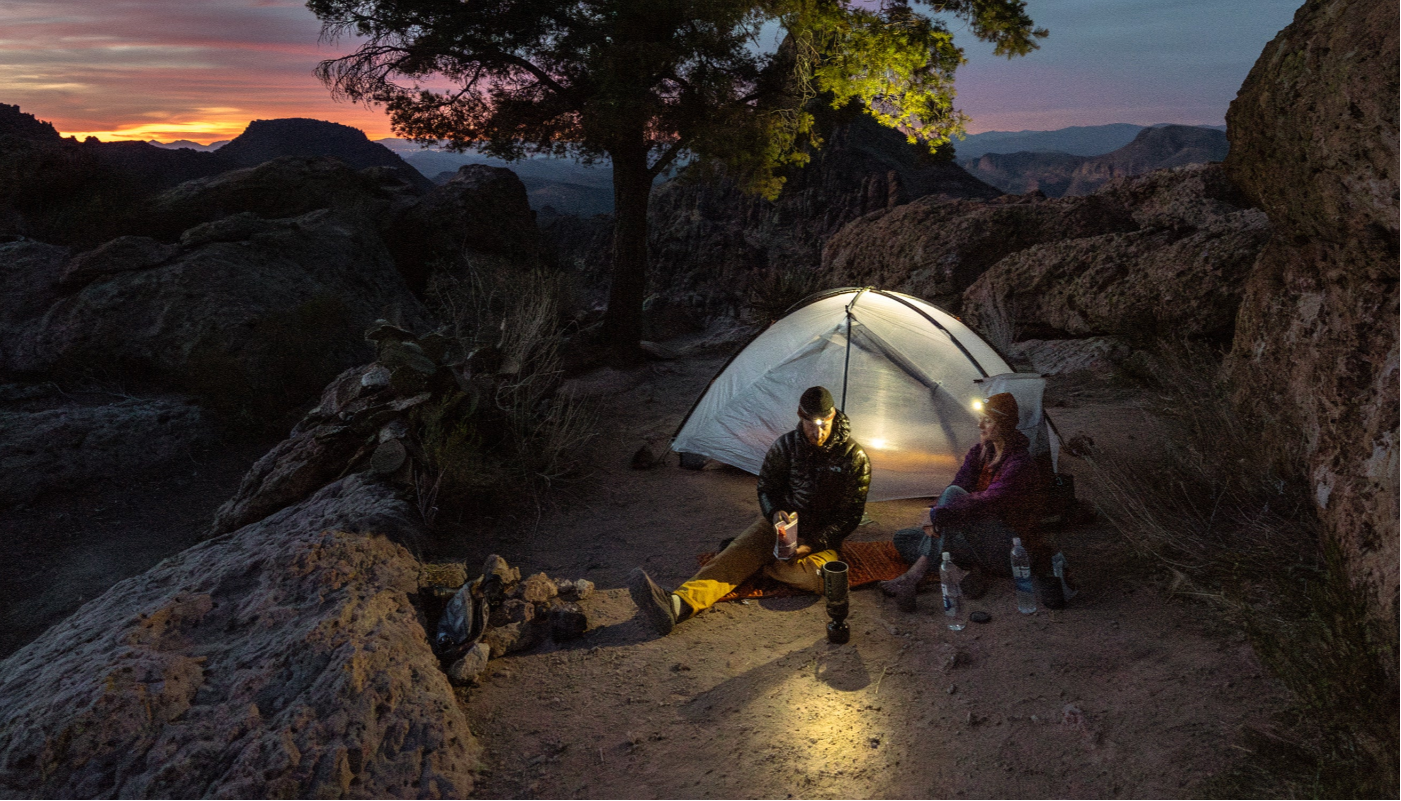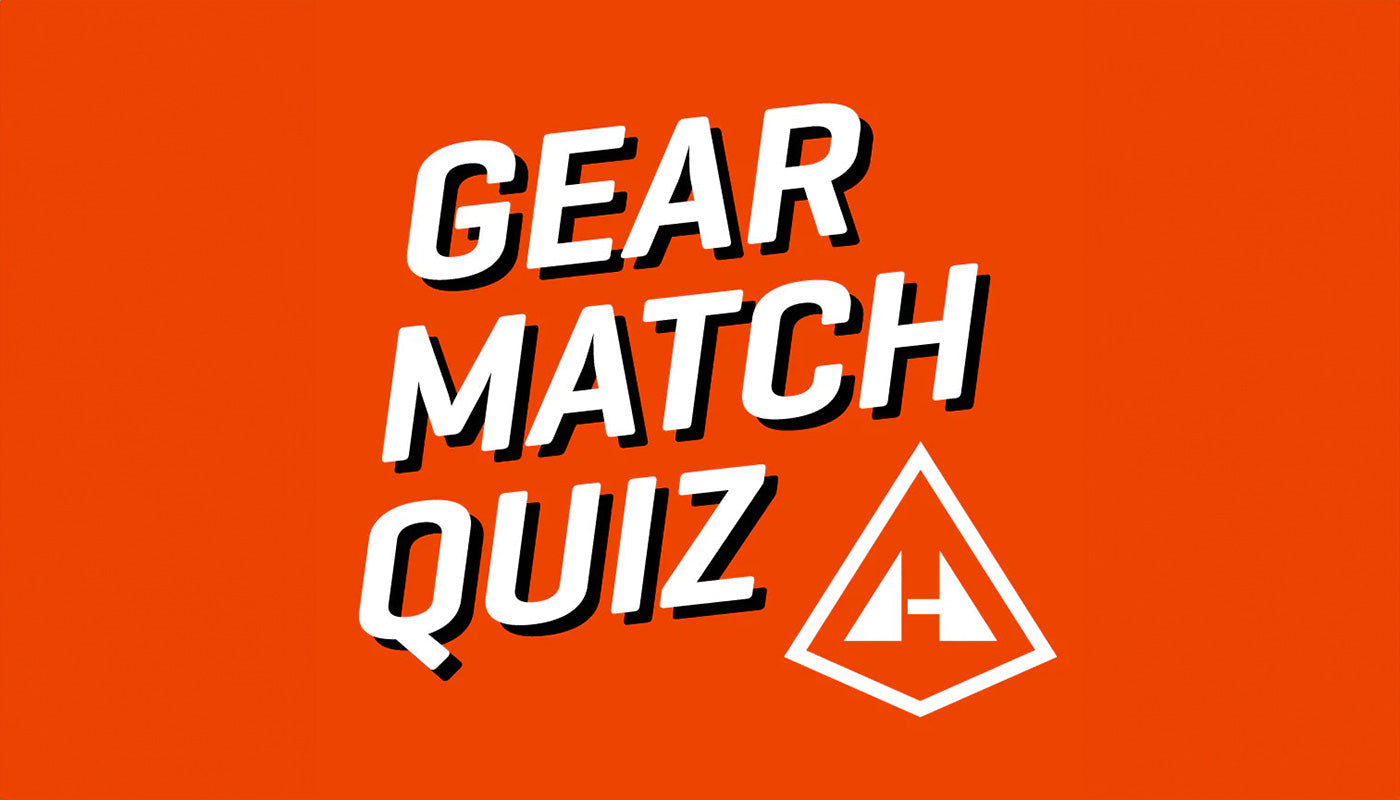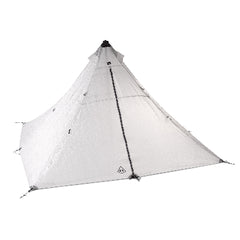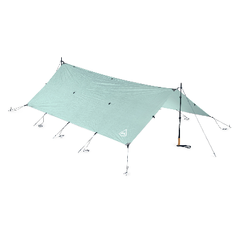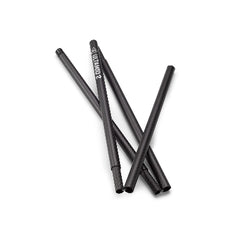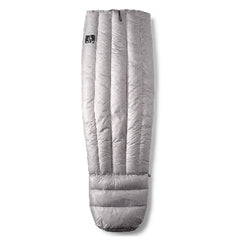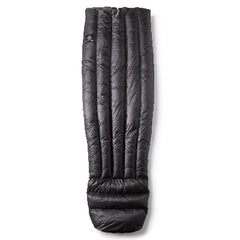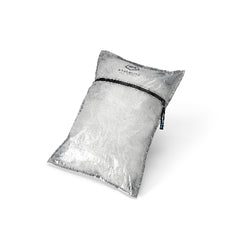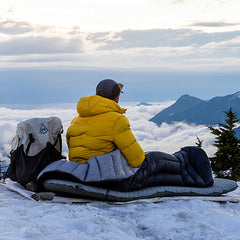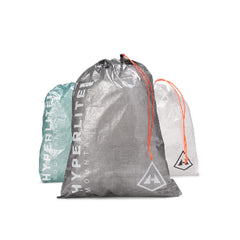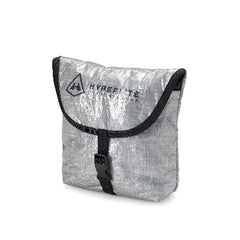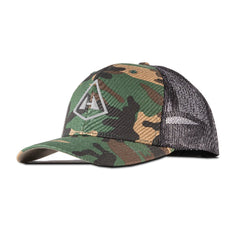Words and Photos by Senior NOLS Instructor, Marco Johnson
 The European Divide is a 4725-mile gravel bikepacking route from Arctic Norway to Cape Saint Vincent in Portugal. Andy Cox created the European Divide route from a desire to have, somewhat, a European equivalent to North America’s Great Divide Mountain Bike Route. Cox noted he wanted “a mostly rideable, relatively easy route, where the difficulty comes from its length, the various climates it crosses, and the amount of time it’ll take to complete it.” It is precisely these characteristics that draw me to the ride. From Arctic Norway, Finland, and Sweden, the route then heads to Denmark, western and central Germany, eastern France, and then traverses Spain before finishing in southern Portugal.
The European Divide is a 4725-mile gravel bikepacking route from Arctic Norway to Cape Saint Vincent in Portugal. Andy Cox created the European Divide route from a desire to have, somewhat, a European equivalent to North America’s Great Divide Mountain Bike Route. Cox noted he wanted “a mostly rideable, relatively easy route, where the difficulty comes from its length, the various climates it crosses, and the amount of time it’ll take to complete it.” It is precisely these characteristics that draw me to the ride. From Arctic Norway, Finland, and Sweden, the route then heads to Denmark, western and central Germany, eastern France, and then traverses Spain before finishing in southern Portugal.
I’ve prepared for the route over the past six years, bikepacking on the gravel roads and trails of my home state, Wyoming, and other western states. I’ve also taken extended bikepacking trips (none as long as this one!) in Andalucía, Spain, and the maritime provinces of Canada. These rides, along with my NOLS field time across the globe, have set me up well for varied terrain and unpredictable weather.
 For me, I think the biggest crux will be the time it takes to complete the 4700-mile route and the accompanying logistics. When I led 90-day NOLS expeditions, I enjoyed the logistical support that comes with working for a large outdoor school. I’m embarking on the European Divide by myself, and with that comes handling my own logistics. I’ve delved into how far apart grocery stops are in Arctic Scandinavia and learned the first real bike shop may be 1700 miles into the route.
For me, I think the biggest crux will be the time it takes to complete the 4700-mile route and the accompanying logistics. When I led 90-day NOLS expeditions, I enjoyed the logistical support that comes with working for a large outdoor school. I’m embarking on the European Divide by myself, and with that comes handling my own logistics. I’ve delved into how far apart grocery stops are in Arctic Scandinavia and learned the first real bike shop may be 1700 miles into the route.
 I’ve also done a deep dive into what I actually need to bring. Along with some bike-specific gear (e.g., cycling bibs, jerseys, and shoes), my clothing layers will be comparable to backcountry hiking or mountaineering trips – rain tops and bottoms, puffy layers, and head and hand gear. I’ll use a blow-up pad and a quilt for sleeping. My cooking system is an iso-butane stove and a 750ml mug. My shelter is a Hyperlite® Mid 1. I chose the Mid 1 because it’s a lightweight and robust shelter that I trust. It has held up well for me in deserts, mountains, and forests. I can set it up easily and quickly, I don’t worry about it when the weather gets nasty, and I can shake off the wetness when packing it up for the next day’s ride.
I’ve also done a deep dive into what I actually need to bring. Along with some bike-specific gear (e.g., cycling bibs, jerseys, and shoes), my clothing layers will be comparable to backcountry hiking or mountaineering trips – rain tops and bottoms, puffy layers, and head and hand gear. I’ll use a blow-up pad and a quilt for sleeping. My cooking system is an iso-butane stove and a 750ml mug. My shelter is a Hyperlite® Mid 1. I chose the Mid 1 because it’s a lightweight and robust shelter that I trust. It has held up well for me in deserts, mountains, and forests. I can set it up easily and quickly, I don’t worry about it when the weather gets nasty, and I can shake off the wetness when packing it up for the next day’s ride.
 In some ways, carrying my gear on two wheels is like carrying my gear on two legs; the goal is to travel as light as possible. I’ve pared down my essentials to the needed layers, cook and repair gear, and some camera gear to document the trip. I also have space to carry food, especially on the northern part of the route, to get between the food resupply options. Without water and food, my gear weighs 64 pounds right now - bike included!
In some ways, carrying my gear on two wheels is like carrying my gear on two legs; the goal is to travel as light as possible. I’ve pared down my essentials to the needed layers, cook and repair gear, and some camera gear to document the trip. I also have space to carry food, especially on the northern part of the route, to get between the food resupply options. Without water and food, my gear weighs 64 pounds right now - bike included!
 Packing efficiently and effectively is always important. Doing so on a bike is a bit different than doing so with a backpack. I’ll have several smaller bags, fitted to various parts of the bike, and have a small pack on my back – a Hyperlite® Aero 28. The Aero 28 compresses down significantly with the side compression straps and can adapt to what I want easy access to, namely a water bladder, a small first aid kit, and rain and wind layers.
Packing efficiently and effectively is always important. Doing so on a bike is a bit different than doing so with a backpack. I’ll have several smaller bags, fitted to various parts of the bike, and have a small pack on my back – a Hyperlite® Aero 28. The Aero 28 compresses down significantly with the side compression straps and can adapt to what I want easy access to, namely a water bladder, a small first aid kit, and rain and wind layers.
As I write this, I’m a week out from my departure date. I’m packing and repacking my bags to get my systems dialed. I’m running through my checklists to make sure I have all the essentials done at home. I have some sense of what’s in store for me, and expeditioning across the world has taught me that you never really know what adventures are ahead. For now, I know I have four planes between Riverton, Wyoming, and Kirkenese, Norway. Here we go!

UPDATE: 9.8.2025
NORWAY, FINLAND, SWEDEN, AND DENMARK; OH MY!
I write this with my time in the Nordic countries coming to a close. I have completed the first part of the European Divide bike route, ~2100 miles through parts of Norway, Finland, Sweden, and Denmark. While there has been some road riding, the route has delivered on its promise of gravel and other surfaces! The environment and terrain have been incredible. The northern part of the European Divide has not disappointed!
The weather has shown up as well. Some hot weather to start, then a good amount of rain. Temperatures have ranged from high 70s and sunny, to high 30s, wind, and rain! (I was glad I was riding south as I noticed the leaves changing color. The color change and the lower temperatures were a good reminder that autumn was coming!
When the colder rains showed up, the daily recipe was to eat, push the pedals to stay warm, take efficient breaks, find a nice camp spot, and get indoors in my Mid1 for a hot dinner!

Layering correctly, fueling with calories, hydrating well, and pushing through are all good strategies, and, at the end of a moving day, trusting my shelter is a must. Through these last 2000+ miles, I’ve trusted the Mid1 to keep me dry, even if the present moving day has been wet and cold, and tomorrow looks to be more of the same!

Tomorrow’s forecast looks good. The forecast for the rest of the week, well, I’m glad my kit contains the Mid1!
Time to enter Germany!
